Uploading and Validating Features
Creating a Feature Collection
To upload an AOI Feature you must first create a Feature Collection. To create a Feature Collection make a POST request to the /collections endpoint providing a title (required) and a description (optional).
The title will be used to create a "slug" that will be part of the collection's id.
A Collection identifier is a combination of a user-supplied title and a hash ID. For example, if you create a Collection with the title set to "My Great Places", the URL path identifier used to reference the Collection will be my-great-places-{hash} (where hash might be 4wr3wrz, for example). The Collection may also be referenced using only the hash - this way the user may change the title of their Collection if needed.
- CURL
curl -X POST https://api.planet.com/features/v1/ogc/my/collections \
-u "$PL_API_KEY:" \
-H "Content-Type: application/json" \
-d '{
"title": "Chicago",
"description": "AOI of the city of Chicago"
}'
Feature Collection Options
The create feature collection endpoint accepts additional options that allow you to control the display of features within Features Manager:
title_property: individual features will take their title from the feature property with this name. For example, if your collection's features all have a property "name" that you want to use for each feature's title, settitle_propertyto"name"when creating the collection.description_property: individual features will use the property defined here for their descriptions.
- CURL
curl -X POST https://api.planet.com/features/v1/ogc/my/collections \
-u "$PL_API_KEY:" \
-H "Content-Type: application/json" \
-d '{
"title": "Boroughs",
"description": "Boroughs of New York City",
"title_property": "borough_name",
"description_property": "borough_description"
}'
Sharing a Feature Collection
By default, Feature Collection is private (only you can see and access your Feature Collection and its Features). You can share a Feature Collection with your organization. Sharing a Feature Collection enables others in your organization to read the Collection and its Features, which might be helpful if they’d like to copy the Feature Reference IDs to make requests for data in those AOIs. The other users in your organization will not be able to make changes to the collection, or the features within it.
To share a Feature Collection make a POST request to:
- CURL
curl -X POST https://api.planet.com/features/v1/ogc/my/collections/${COLLECTION_ID}/permission \
-u "$PL_API_KEY:"
To unshare a Feature Collection make a DELETE request to:
- CURL
curl -X DELETE https://api.planet.com/features/v1/ogc/my/collections/${COLLECTION_ID}/permission \
-u "$PL_API_KEY:"
If a Feature Collection is unshared, any new attempts by other users in the organization it was shared with to reference a Feature ID will fail. However, if a Feature Reference ID was already in use, for example in an active Subscription, the Subscription will continue to work.
Add Features to a Feature Collection
After your Collection is created, Features (AOIs) can be added as either a GeoJSON Feature or FeatureCollection.
To add Features, make a POSTrequest to the /items endpoint of the collection to which you want to add features to including your GeoJSON as the body.
Rules for Creating a Feature
Features API accepts valid GeoJSON Features or FeatureCollections, with a few additional rules:
| Rule | |
|---|---|
| Format | Geojson |
| Projection | WGS84 (EPSG:4326) |
| Dimension | 2D |
| Type | Polygon, MultiPolygon |
| Vertices Limit | No more than 1500 vertices |
| Total Collections Limit | Up to 1000 collections per organization |
| Total Features Limit | Up to 2 million features per organization |
| Collection Features Limit | Up to 150,000 features per collection |
Optional Feature Properties
A Feature may contain any properties you wish to include.
If you supply an id it will be used as the feature id for lookup, if not provided and automatically generated id will be provided. Accepts any string with a max of 255 characters
Example:
- CURL
curl -X POST https://api.planet.com/features/v1/ogc/my/collections/${COLLECTION_ID}/items \
-u "$PL_API_KEY:" \
-H "Content-Type: application/json" \
-d '{
"type": "Feature",
"id": "your-custom-id",
"properties": {
"title": "City in Chicago",
"description": "Lorem ipsum dolor sit amet, consectetur adipiscing elit, sed do eiusmod tempor",
"neighborhood": "Pilsen",
"county": "Cook",
"zipcode": 60608,
},
"geometry": {
"coordinates": [
[
[-87.66620995848702, 41.86556787445056],
[-87.66620995848702, 41.85131091539469],
[-87.64716626253474, 41.85131091539469],
[-87.64716626253474, 41.86556787445056],
[-87.66620995848702, 41.86556787445056]
]
],
"type": "Polygon"
}
}'
Validating a Feature
Feature geometries can be invalid for a few reasons. One common reason is that they don’t adhere to Planet’s vertex limit (1,500 vertices).
The Features API enables you to check if your Feature geometry is valid for use in the Planet Platform before uploading it to your Feature Collection. The /validate endpoint provides more details as to why a geometry is invalid, such as not meeting the vertex limit. The validation endpoint only supports validating Features. For example, you cannot validate a Feature Collection.
To validate a feature make a POST request to /collections/validate with the feature to validate as the body.
Example:
- CURL
curl -X POST https://api.planet.com/features/v1/ogc/my/collections/validate \
-u "$PL_API_KEY:" \
-H "Content-Type: application/json" \
-d '{
"type": "Feature",
"id": "your-custom-id",
"geometry": {
"coordinates": [
[
[-87.74931842451377, 42.001834785634145],
[-87.74931842451377, 41.805592428606616],
[-87.56392413740424, 41.805592428606616],
[-87.56392413740424, 42.001834785634145],
[-87.74931842451377, 42.001834785634145]
]
],
"type": "Polygon"
}
}'
Alternate Valid Geometries
If a feature is flagged as invalid you can make a request to the /alternates endpoint which provides recommendations and details about the technique used to alter the provided geometry so that it meets Planet's validity requirements.
The result of /alternates endpoint is sorted in ascending order based on which alternatives have the smallest change in area.
The original geometry provided may not have valid alternatives. The result of /alternates only contains valid alternatives.
Alternate Methods
| Method | Details | |
|---|---|---|
| Make Valid | 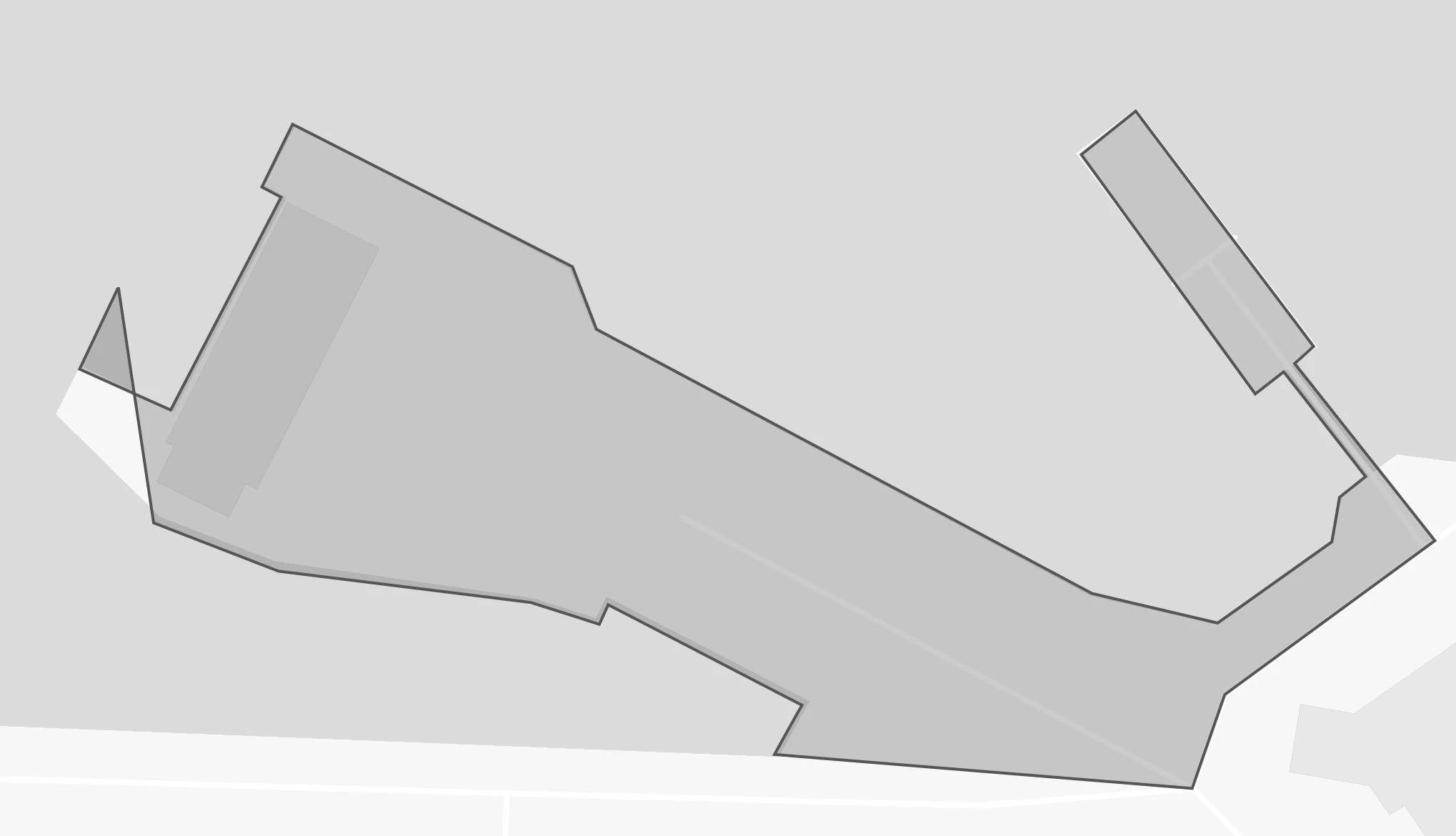 | Attempts to convert the input into a valid geometry without losing the input vertices. Polygons might become a MultiPolygon |
| Simplify | 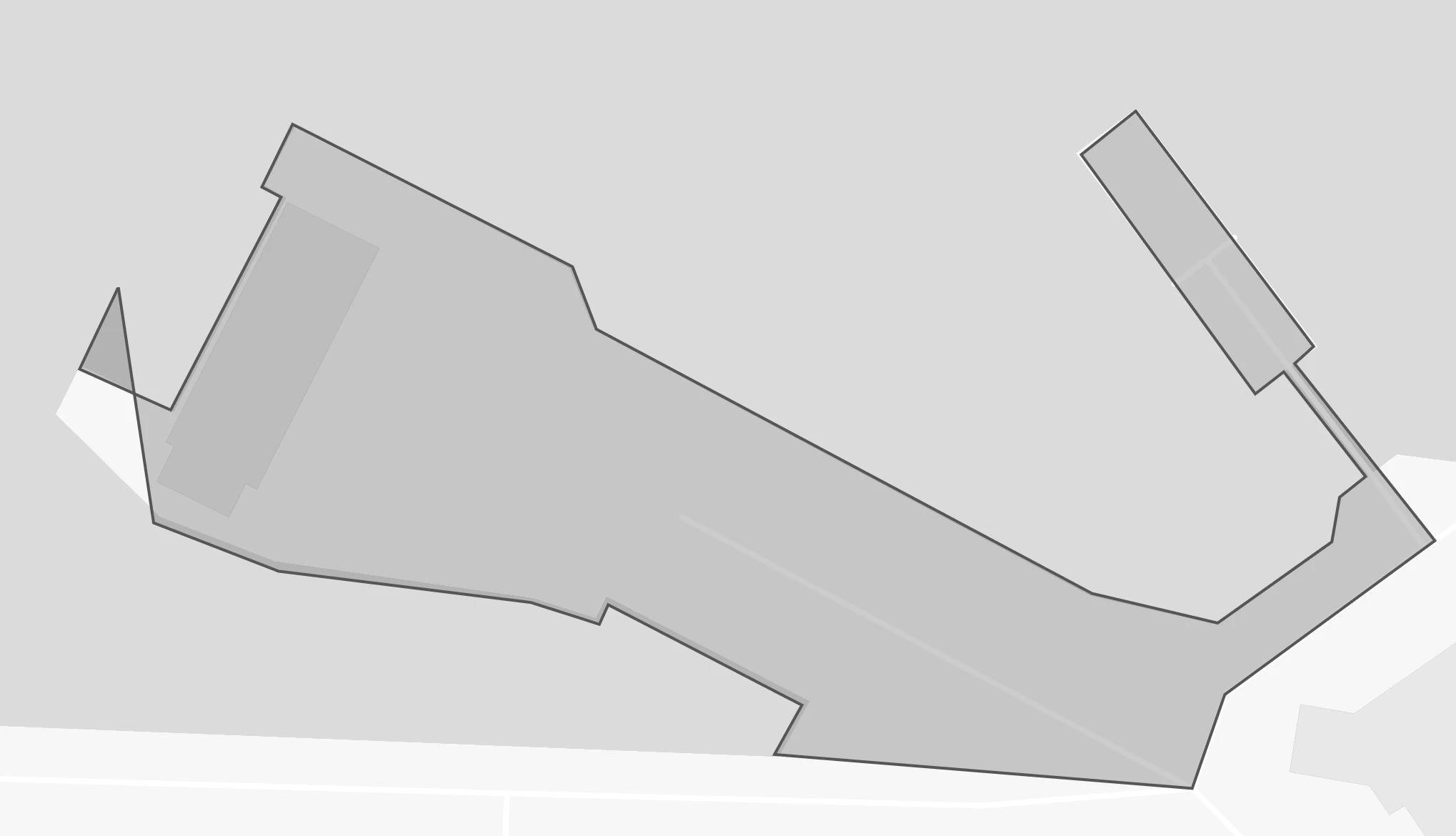 | Simplifies the polygon with an adaptive tolerance adjustment (from 1 to 10 meters). Reduces the number of vertices and preserves the overall shape of the original geometry |
| Buffer and Simplify | 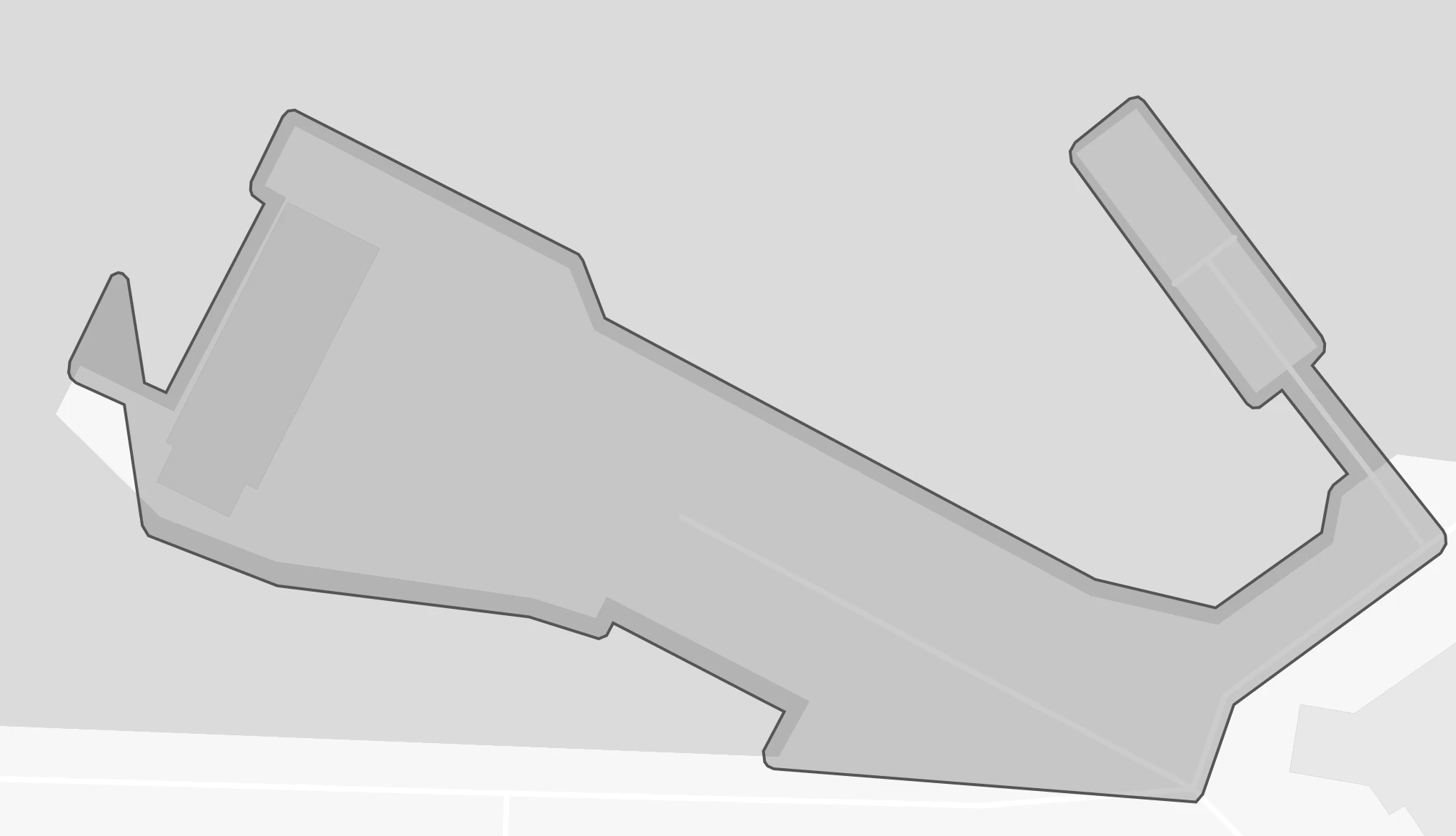 | Buffers the polygon by ~1m and then simplifies the geometry. Reduces the number of vertices and preserves the overall shape of the original geometry with a slight area increase |
| Concave Hull | 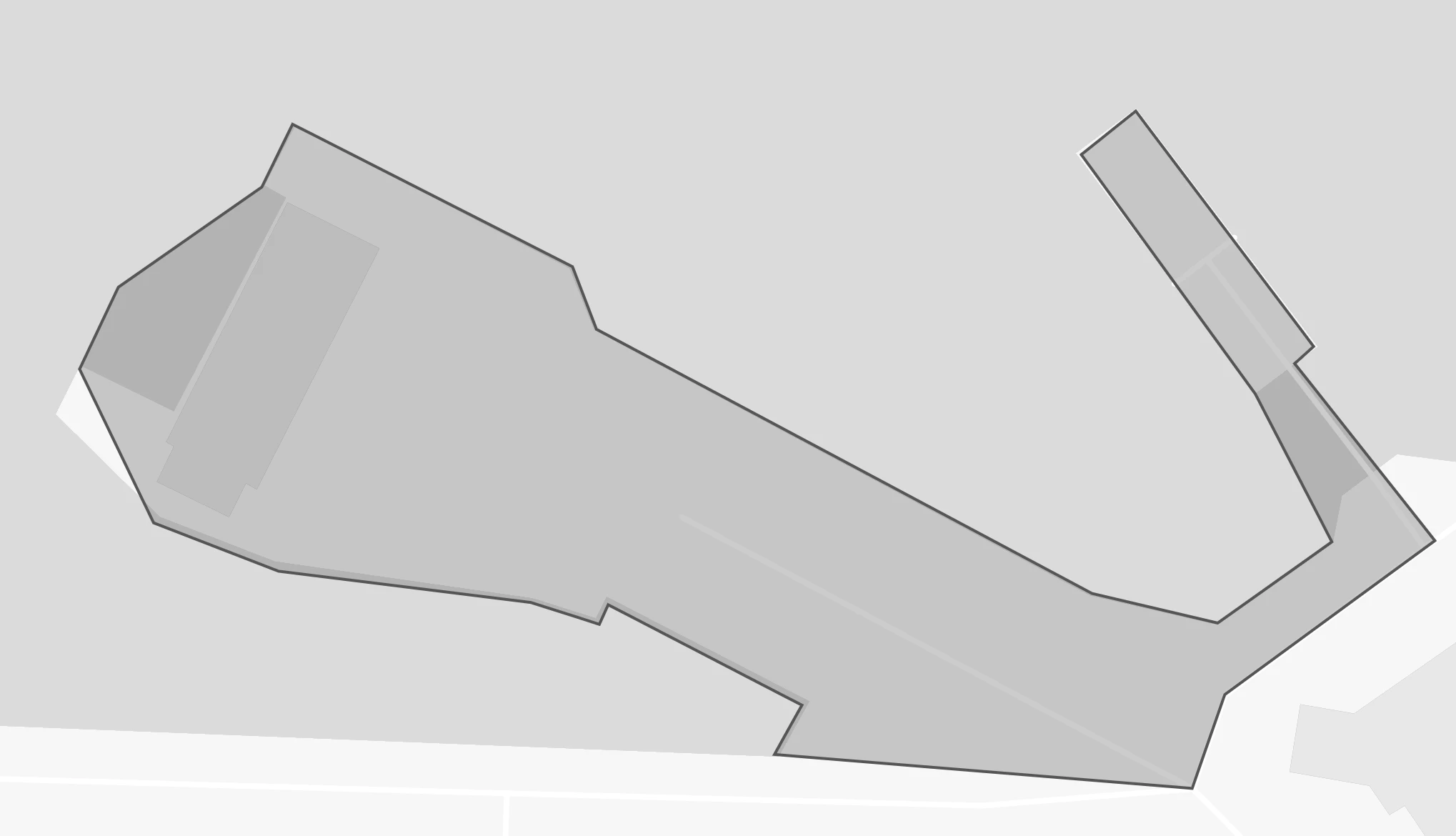 | A boundary that tightly wraps a set of points, including inward curves for a closer fit to the shape. Usually reduces the number of vertices but may show increased area |
| Convex Hull | 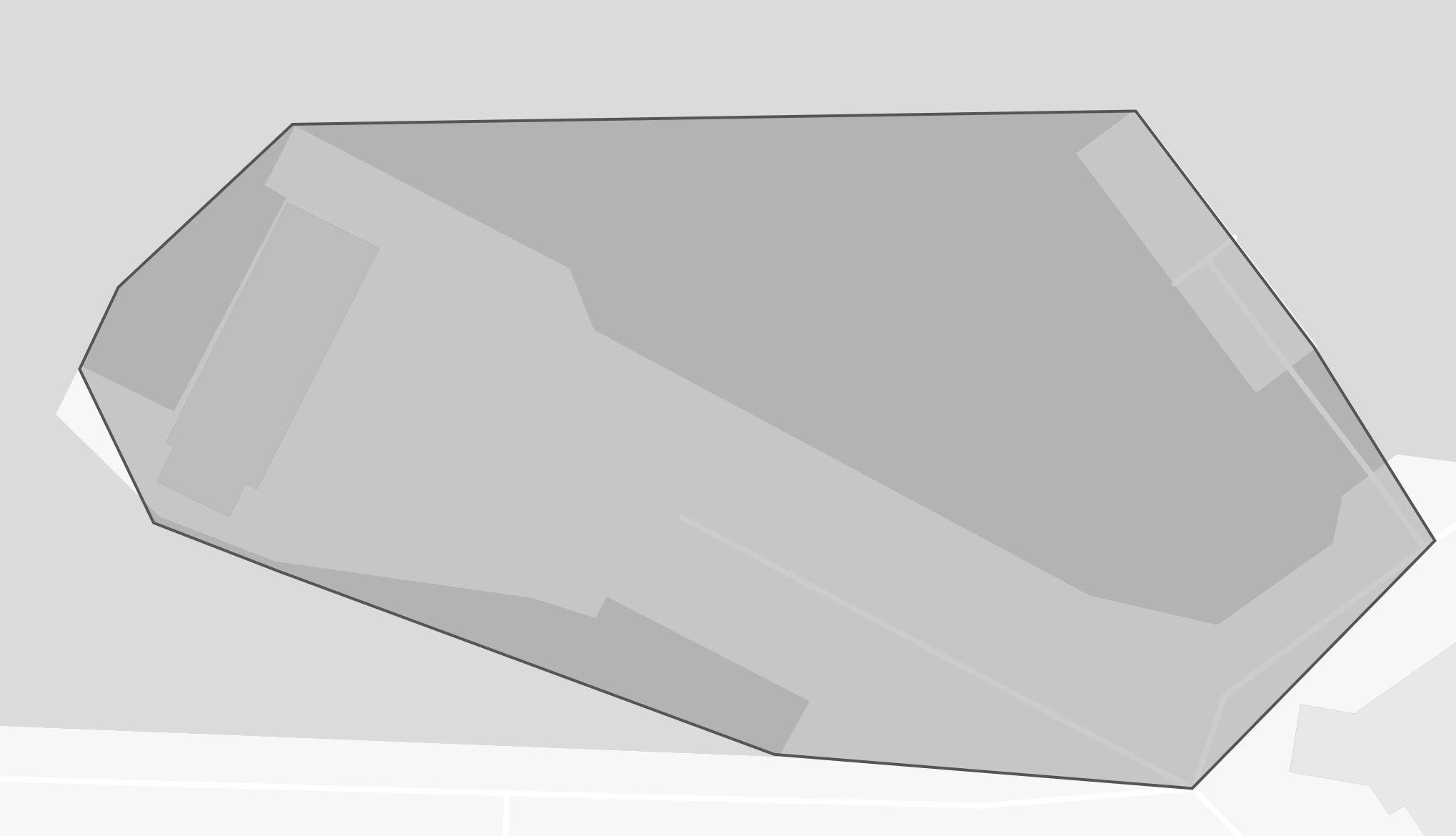 | The smallest convex polygon that contains all the points in the geometry. Usually reduces the number of vertices but may show increased area |
| Bounding Box | 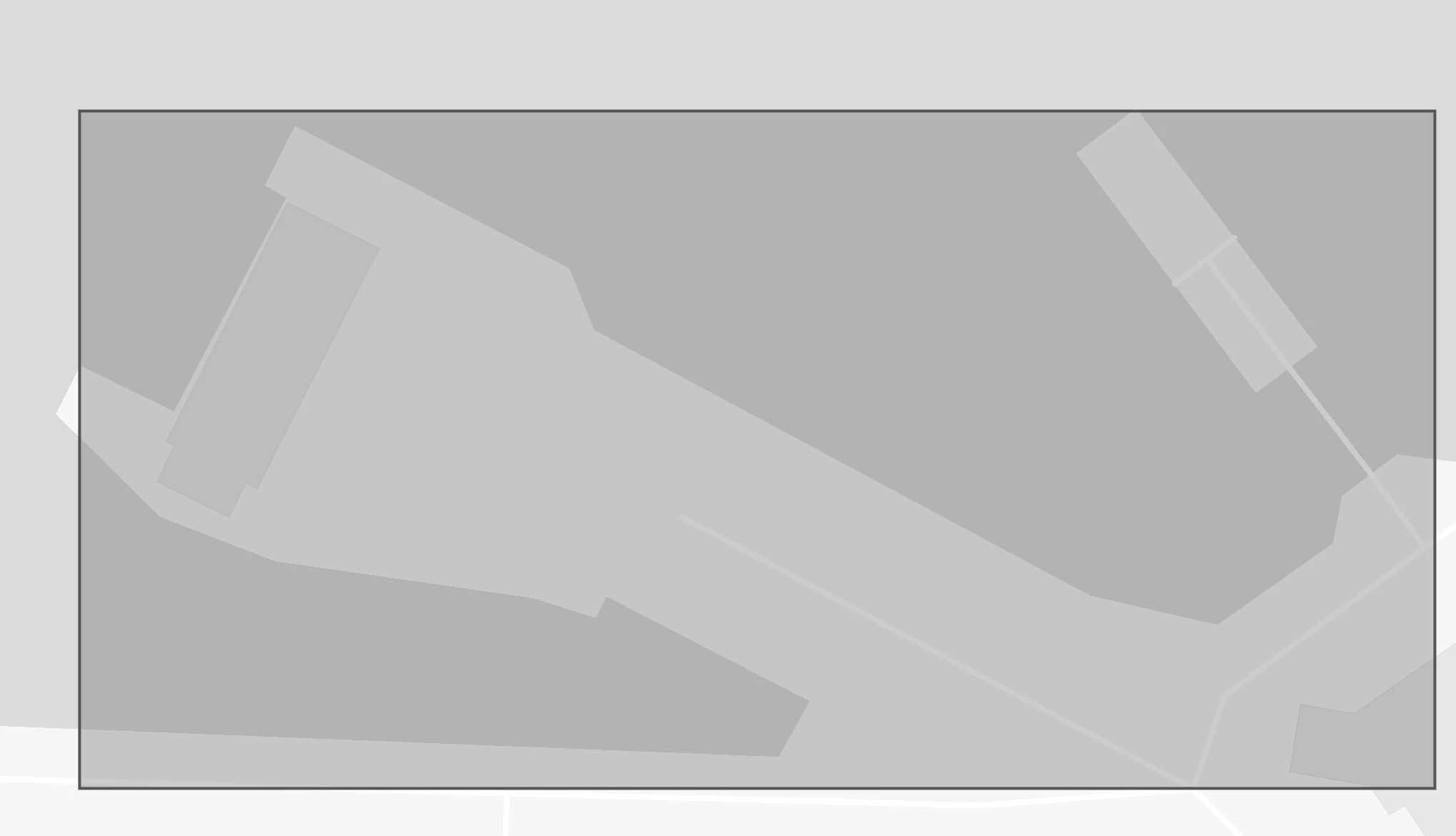 | Bounding box of the geometry. Reduces the number of vertices to 4 but increases the area |
Example:
- CURL
curl -X POST https://api.planet.com/features/v1/ogc/my/collections/alternates \
-u "$PL_API_KEY:" \
-H "Content-Type: application/json" \
-d '{
"type": "Feature",
"id": "your-custom-id",
"geometry": {
"coordinates": [
[
[-87.74931842451377, 42.001834785634145],
[-87.74931842451377, 41.805592428606616],
[-87.56392413740424, 41.805592428606616],
[-87.56392413740424, 42.001834785634145],
[-87.74931842451377, 42.001834785634145]
]
],
"type": "Polygon"
}
}'
The Features API checks validation rules also apply to Planet’s delivery APIs like the Orders and Subscriptions API. If your Feature is valid in the Features API it should work as a reference in the Orders and Subscription APIs.
Accessing your Features
List collections
The /collections endpoint supports listing collections that you have created or that have been shared with you.
Example:
- CURL
curl https://api.planet.com/features/v1/ogc/my/collections \
-u "$PL_API_KEY:"
List all Features
After your Features are saved you can access them via the /items endpoint.
Example:
- CURL
curl https://api.planet.com/features/v1/ogc/my/collections/${COLLECTION_ID}/items \
-u "$PL_API_KEY:"
Retrieve a Feature
To view a single feature, include its ID as a path parameter.
The Feature Reference ID can be accessed for an individual feature via pl:ref in the properties. Learn more about feature references here.
Example:
- CURL
curl https://api.planet.com/features/v1/ogc/my/collections/${COLLECTION_ID}/items/${FEATURE_ID} \
-u "$PL_API_KEY:"
Optional Parameters
The list and retrieve features endpoints accept the following optional query parameters to control the format of the responses:
- _view=basic: the geometry of listed features will be a rectangular bounding box instead of the feature's full geometry.
- _view=refs: return only feature references.
- _geom=wkb64: the geometry will be represented using a base64 encoded WKB (well-known bytes) string.
Viewing Features using Features Manager
Collections and features uploaded using the Features API will be available in Features Manager.
Feature Collections are useful organizational tools. If you are working with many AOIs but they are all related to the same application or workflow, we recommend organizing them all in the same Feature Collection for easier retrieval on the platform.